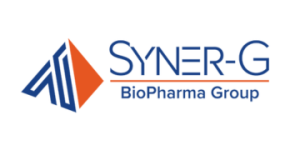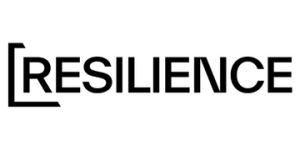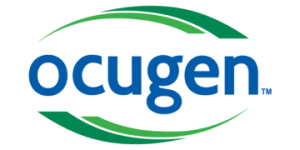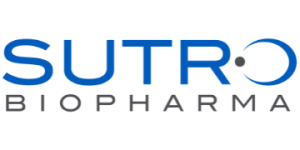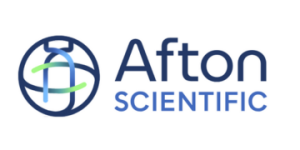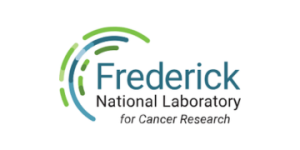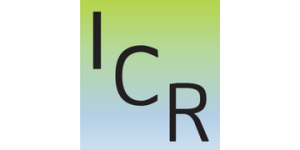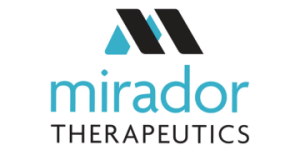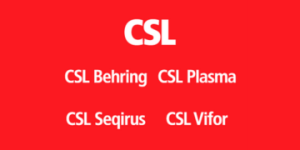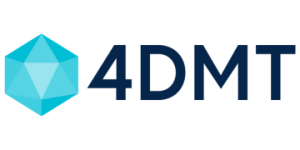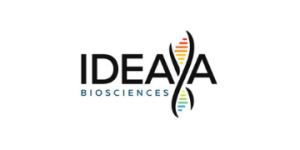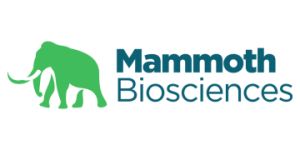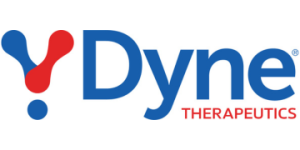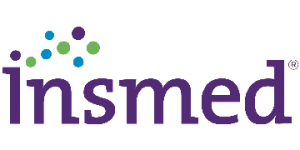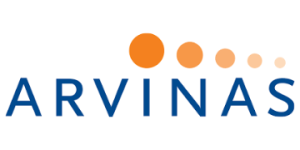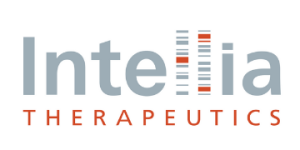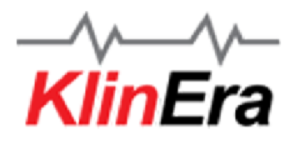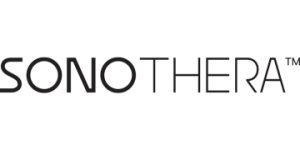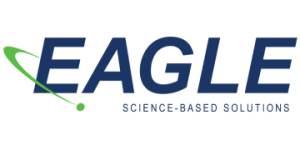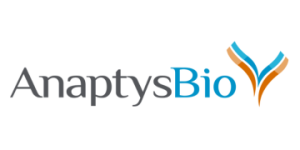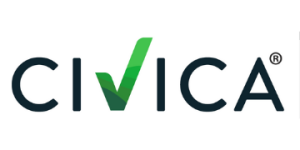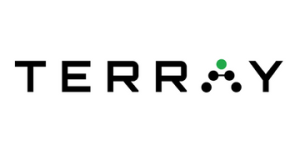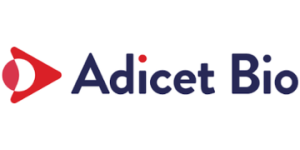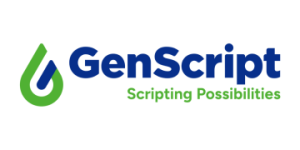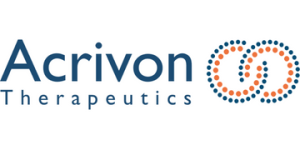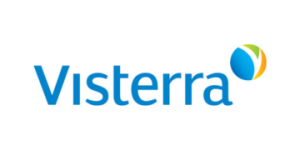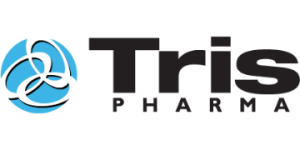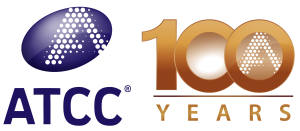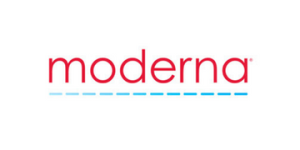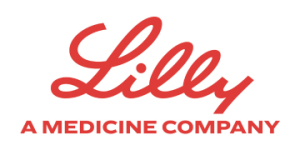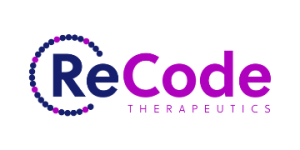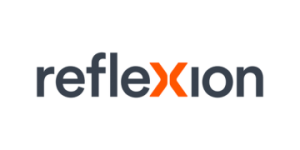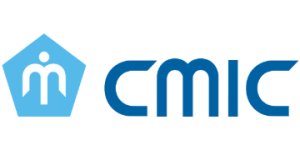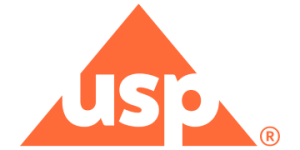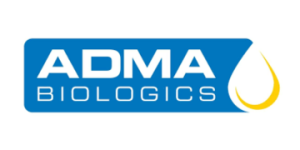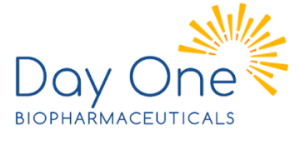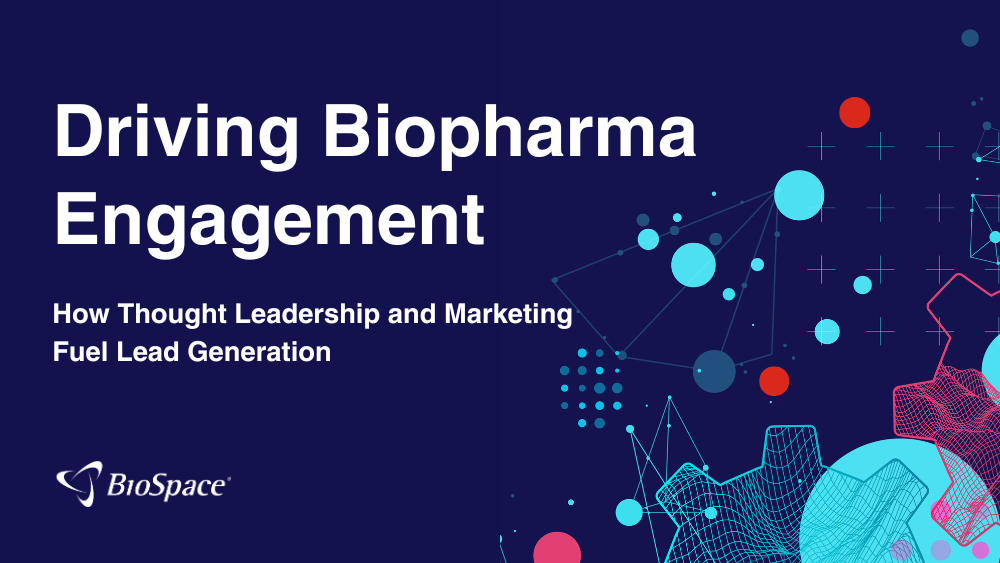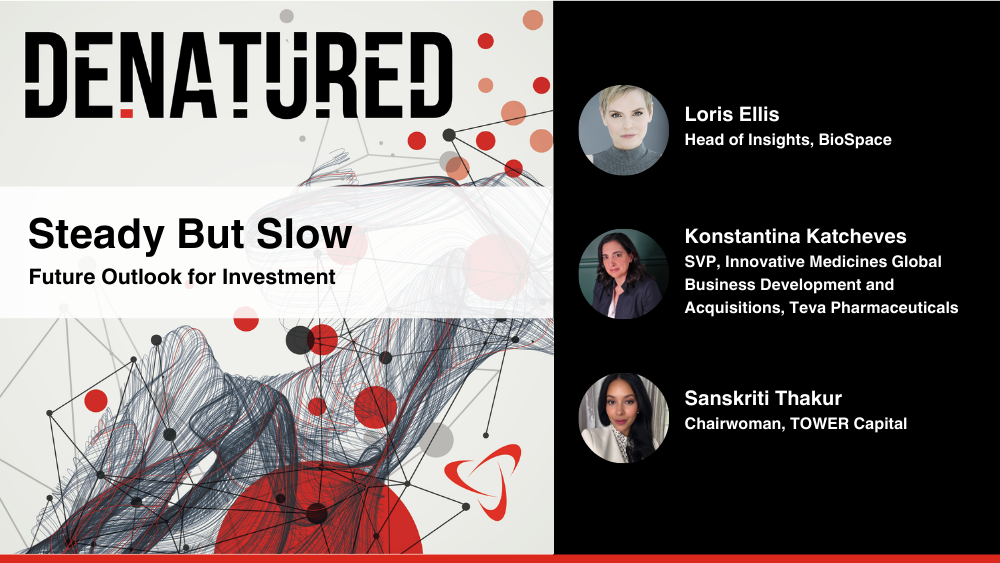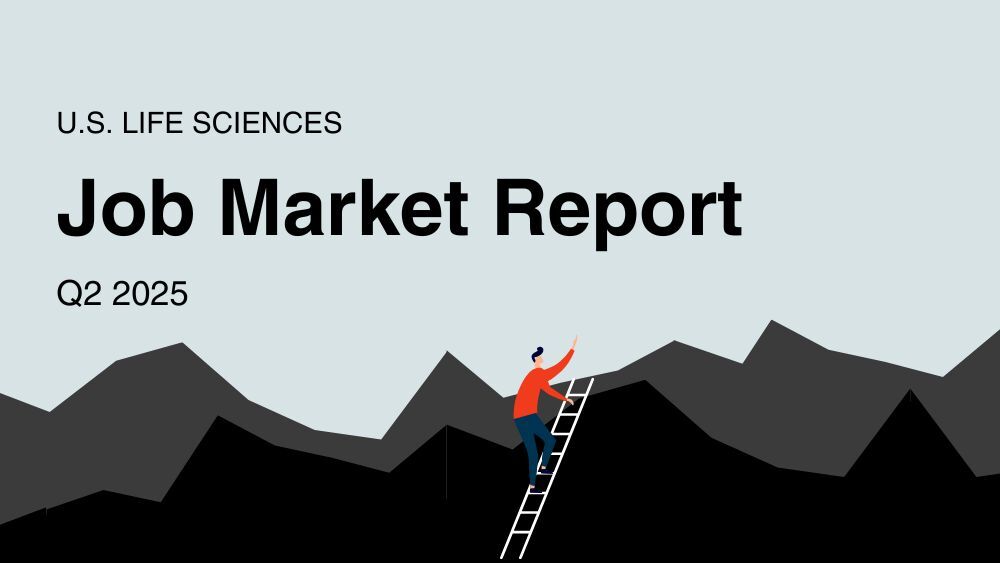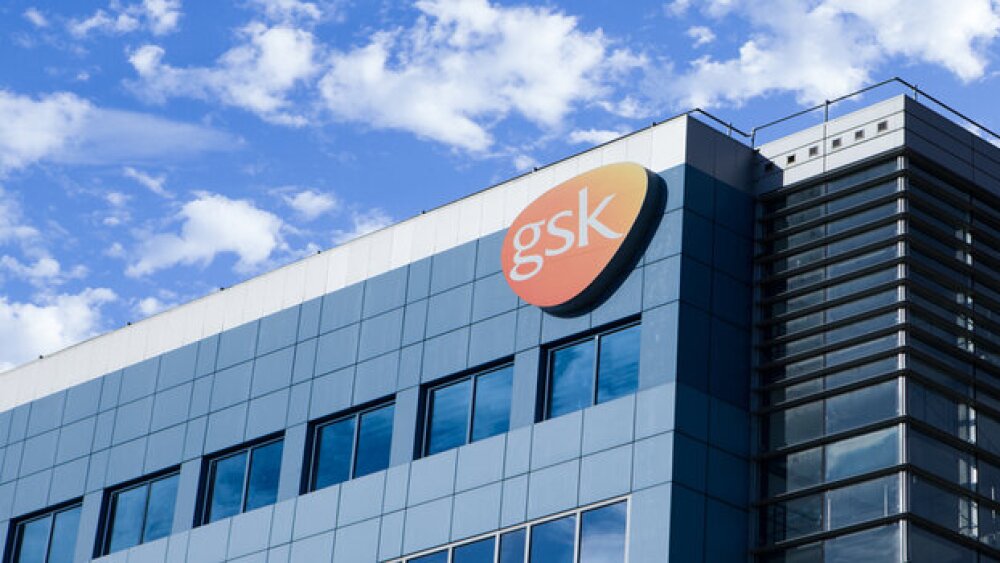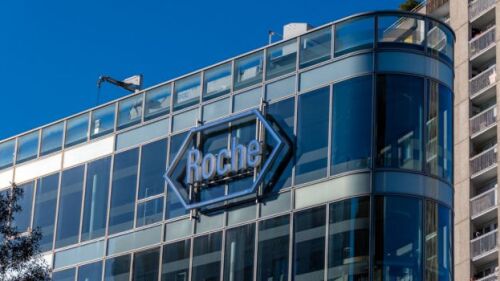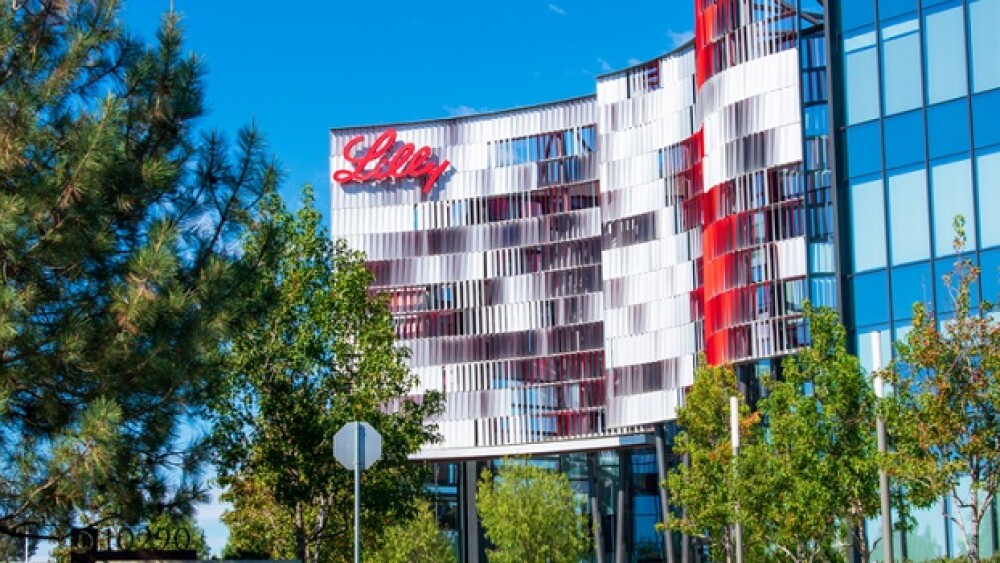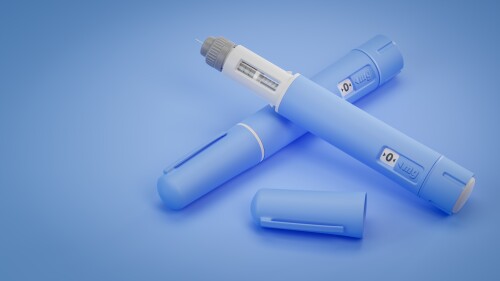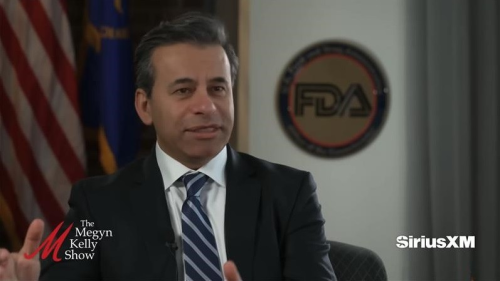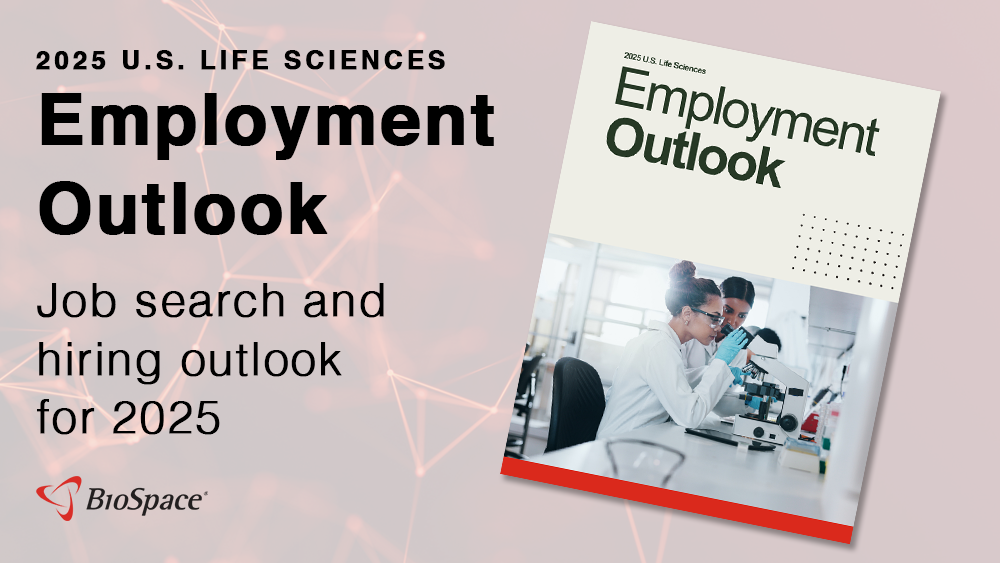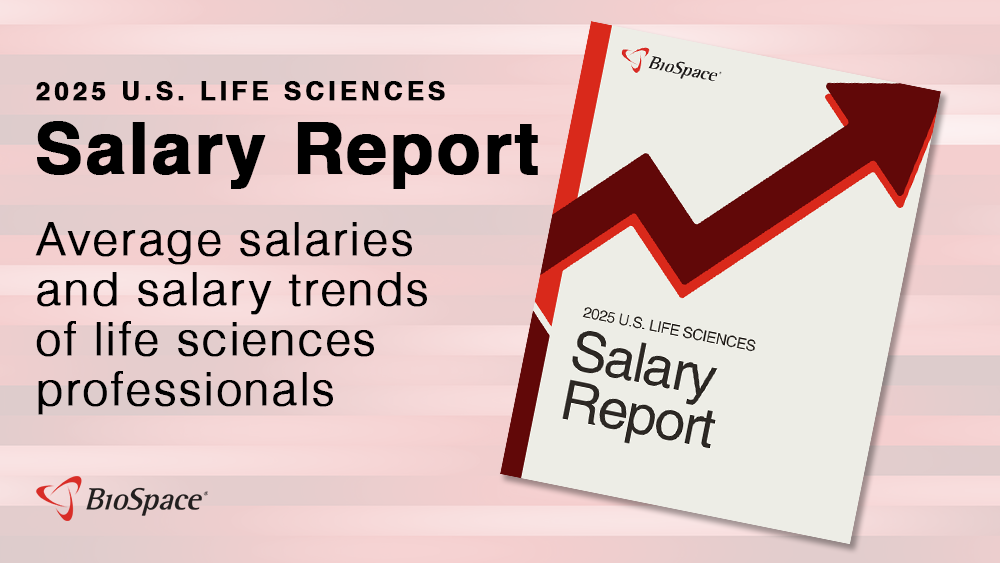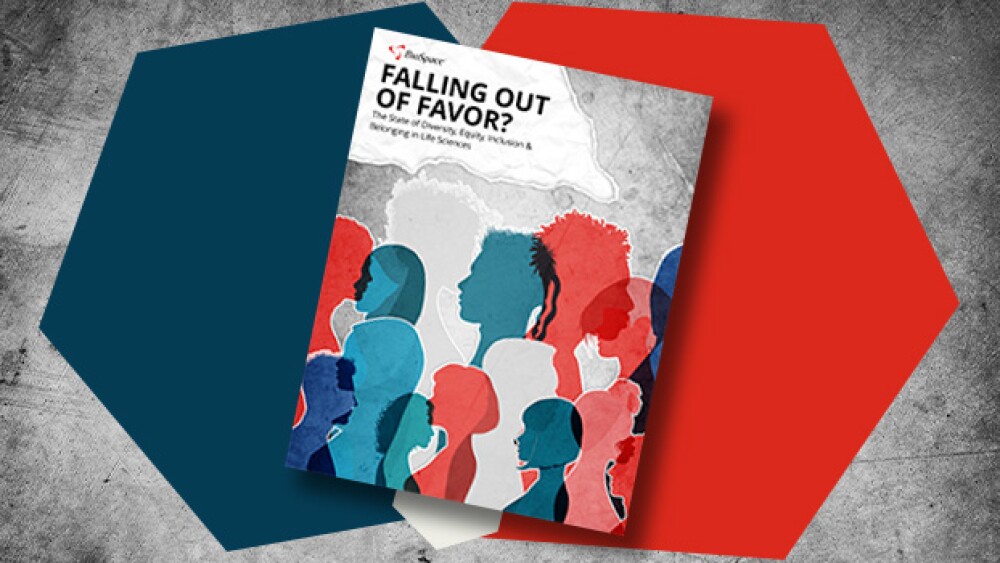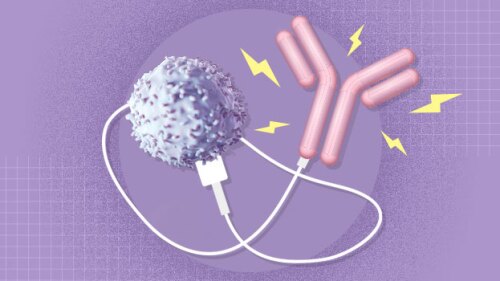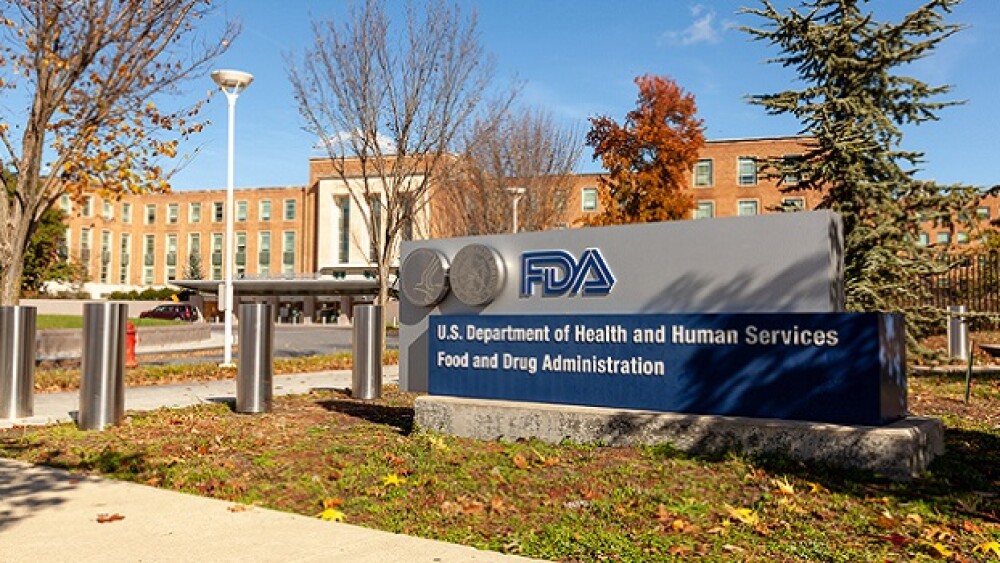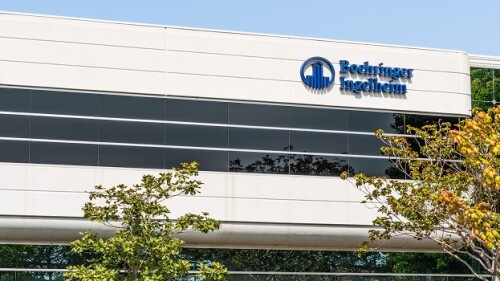Following the death of two teenage patients with Duchenne muscular dystrophy following Elevidys treatment, Sarepta Therapeutics adds a black box warning to the gene therapy for acute liver injury and failure and parts with more than a third of employees.
With venture funding tightening in the post-COVID landscape, efficiency has become more critical than ever. In this interactive webinar industry experts explored actionable strategies for maintaining quality under financial pressure. Watch now.
The antibody anselamimab, which AstraZeneca picked up in its 2021 purchase of Caelum Biosciences, failed to improve survival and reduce hospitalizations, but the company sees promise in data from an unspecified patient subgroup.
Johnson & Johnson’s $23.7 billion in second-quarter earnings, driven by cancer and neuroscience drugs, exceeded analyst expectations, while CEO Joaquin Duato set a target of $50 billion in oncology sales by 2030.
In advance of this week’s adcomm, the FDA flags ocular toxicities associated with the antibody-drug conjugate, which received accelerated approval in August 2020 but was pulled from the market two years later after a confirmatory trial failed to improve progression-free survival.
Shanghai-based LaNova Medicines—which has captured the attention of some of the biggest Western pharmas—will be folded into fellow Chinese company Sino Biopharmaceutical in a deal worth up to $951 million.
FEATURED STORIES
Facing declining valuations and funding challenges, public biotechs like bluebird bio are going private to restructure, reduce regulatory burdens and refocus on long-term growth.
Johnson & Johnson has been fighting thousands of lawsuits over its now-discontinued talc products for 16 years. A pending judge’s ruling could finally put the issue to bed once and for all.
As we reflect on five years of COVID-19, it’s clear that the impacts are still unfolding. The life sciences—and we as individuals—will never be the same again.
While drug developers work to mitigate the side effects associated with GLP-1–based obesity drugs, recent studies reveal that myriad variables are causing patients to stop treatment.
As sales of its COVID vaccine plummet, Novavax is looking ahead toward other novel vaccines, brought to market with the help of the company’s pharma partners—something it opted not to do as the pandemic swept the globe in 2020.
The FDA’s Oncologic Drugs Advisory Committee recently voted to narrow the label for checkpoint inhibitors Keytruda and Opdivo in stomach and esophageal cancers based on PD-L1 expression levels—but the high unmet need in these patient populations should also be considered.
FROM BIOSPACE INSIGHTS
Establishing trust through thought leadership is no longer optional in today’s cautious biopharma market. Learn how strategic insights and targeted outreach can turn awareness into high-converting leads.
LATEST PODCASTS
In this episode of Denatured, Lori and guests from Teva Pharmaceuticals and TOWER Capital review the investment landscape this year and the policies influencing investment heading into 2025.
Yet another therapy with FDA accelerated approval suffers a setback; Sage’s tough year continues; Sanofi drops $326 million in radiopharma while selling its consumer health unit; Novo Nordisk’s positive Rybelsus results in cardiovascular disease; and more.
J&J beat expectations this week to launch the Q3 earnings season; a study about children treated with bluebird bio’s Skysona comes at a bad time for the company; Sen. Warren calls for scrutiny of Novo’s purchase of Catalent; and other news.
Job Trends
Moderna, Inc. announced that its Phase 3 trial of mRNA-1283, an investigational next-generation COVID-19 vaccine, has met its primary efficacy endpoint, demonstrating non-inferior vaccine efficacy against COVID-19 compared to Spikevax.
Subscribe to Genepool
Subscribe to BioSpace’s flagship publication including top headlines, special editions and life sciences’ most important breaking news
SPECIAL EDITIONS
BioSpace data show biopharma professionals faced increased competition for fewer employment opportunities during the second quarter of 2025, with increased pressure from further layoffs.
BioSpace did a deep dive into executive pay, examining the highest compensation packages, pay ratios and golden parachutes—what a CEO would get paid to leave.
A new generation of checkpoint inhibitors is emerging, with some showing more promise than others. From recent TIGIT failures to high-potential targets like VEGF, BioSpace explores what’s on the horizon in immuno-oncology.
DEALS
-
One year after a potential $1.7 billion deal with Hansoh Pharma, GSK goes back to China to forge another alliance with DualityBio for another deal that could be worth up to $1 billion as it continues to build up its ADC portfolio.
-
The Danish startup, whose lead candidate has parallels to Amgen’s MariTide, launches on the heels of Amgen’s Phase II data release for the drug last week.
-
Novartis, Gilead, Roche and Takeda commit to new partners in a spate of mid-sized collaborations this week. Meanwhile, Applied Therapeutics’ stock tanks 80% after govorestat is denied approval, Intra-Cellular Therapies seeks to expand Caplyta into major depressive disorder and the FDA investigates the safety of bluebird bio’s Skysona.
-
The collaboration will see COUR and Roche’s Genentech leverage the biotech’s antigen-specific immune tolerance platform to develop and commercialize therapies for an undisclosed autoimmune disease.
-
BridgeBio’s Attruby wins approval for transthyretin amyloid cardiomyopathy while the FDA accepts Alnylam’s application for Amvuttra in the indication; Cassava’s controversial Alzheimer’s drug flunks Phase III; Amgen’s MariTide fails to impress investors, Donald Trump’s controversial nominations continue.
WEIGHT LOSS
-
The updated guidance, which was largely driven by lower-than-anticipated sales of GLP-1 blockbusters Mounjaro and Zepbound, sent Eli Lilly’s shares cratering by as much as 8% Tuesday, even as the company forecasted robust 2025 revenue.
-
Biopharma executives were busy Monday, striking high-value deals and providing updates on cancer, obesity and vaccine pipelines.
-
Obesity continues to grab attention at the J.P. Morgan Healthcare Conference in San Francisco, with both Pfizer and Kailera Therapeutics outlining their plans in the space moving forward.
-
Metsera will use its IPO proceeds to fund the Phase III development of its injectable, ultra-long-acting GLP-1 therapy MET-097i, which last week achieved 11.3% weight loss in a Phase IIa study.
-
The company’s lead asset is a potentially first-in-class oral GLP-1 receptor agonist that has the potential to be dosed weekly, which according to CEO Khurem Farooq can help improve accessibility and affordability.
POLICY
-
While Vaxart can proceed with its study, fellow COVID-19 vaccine developers GeoVax and Novavax continue to be hamstrung by various regulatory roadblocks.
-
In a recent interview, FDA Commissioner Marty Makary said there “should be nothing political about the FDA.” Recent actions taken by HHS Secretary Robert F. Kennedy, Jr. and others within the department appear to be at odds with this sentiment.
-
As Marty Makary nears the end of his first month on the job, the FDA Commissioner sat down for two interviews, offering statements that alternatively contradict and jibe with reported events.
-
Merck, Bristol Myers Squibb, Sanofi and Roche had little clarity on the potential impact of President Donald Trump’s pharmaceutical tariffs but many companies are already preparing for what’s to come.
-
The so-called ‘Most Favored Nations’ rule would set drug pricing for Medicare in line with the prices paid by other nations, where drugs can be much cheaper.
A variation of rage quitting, rage applying is a method of job searching that occurs when someone applies for many new roles while still employed in their current position.
Some consider a candidate’s alma mater to be the most important factor in the hiring process. But how much does a life science candidate’s alma mater really matter? In short–it depends.
New York City employers who use Artificial Intelligence (AI) tools in hiring will soon be subject to new regulations requiring them to notify candidates when using the technology.
Now more than ever, there is ample opportunity for life science candidates with only a bachelor’s degree. Still, there are certain things these candidates should know to ensure their success.
Computer programming jobs in biopharma are on the rise, but candidates must have a specific skill set. To help, here are the best programming languages for those working in the life sciences.
Discover the benefits and challenges of relocating to a biopharma hot spot and find out the most important factors to consider when making your decision.
HOTBEDS
REPORTS
In this Employment Outlook report, BioSpace explores current workforce sentiment, job activity trends and the prospective job and hiring outlook for 2025, particularly as it compares to the previous year.
BioSpace’s third report on diversity, equity, inclusion and belonging in life sciences examines dramatic shifts in attitude around diversity initiatives.
CANCER
-
At the heart of the deal is the drug candidate dordaviprone, which is months away from a regulatory verdict for its use in H3 K27M-mutated diffuse glioma.
-
Pfizer reacts to Donald Trump’s tariff threats on big pharma, another regulatory meeting is canceled under RFK Jr., AbbVie and Eli Lilly strike mid-sized deals in obesity and molecular glues, priority review vouchers set to take a hit and immuno-oncology matures.
-
Merck’s Keytruda holds on to the top spot while AbbVie’s Humira—once the world’s top-selling drug—continues to cede its market share to biosimilar competitors.
-
The approval for the first-line treatment of esophageal squamous cell carcinoma comes shortly after a label expansion for the drug in gastric and gastroesophageal cancers as BeiGene also pushes forward a pipeline of novel cancer therapies.
-
The partners are pushing to expand Enhertu’s list of indications beyond its standing uses in breast, lung and gastric cancers.
NEUROSCIENCE
-
The FDA is putting Atara’s active Investigational New Drug applications on hold due to manufacturing concerns at a third-party provider while releasing Amylyx’s investigational ALS therapy from a previous pause.
-
Computational research conducted by scientists from Washington University in St. Louis shows that GLP-1 agonists can have mental and cognitive health benefits but may also harm the kidneys and pancreas.
-
Biogen’s effort to buy Sage reveals its “desire to expand its pipeline at a discount,” according to analysts from BMO Capital Markets.
-
As the year gets underway, analysts and biotech executives highlight cell therapy’s pivot from oncology to autoimmune diseases, a continued appetite for next-generation obesity drugs and an increased focus on neuromuscular, kidney and cardiovascular diseases.
-
Boehringer Ingelheim’s trio of late-stage schizophrenia failures on Thursday came a day after the Department of Health and Human Services hit back on the pharma’s legal challenge to the IRA’s drug price negotiation program.
CELL AND GENE THERAPY
-
By mid-2025, the biotech will split into two entities: a new, as-yet-unnamed innovative medicines specialist and a cell therapy company, the latter of which will inherit the Galapagos name.
-
BioSpace presents 25 noteworthy biopharma startups in ’25; analysts forecast stronger M&A as the J.P. Morgan Healthcare Conference kicks off next week; GLP-1s continue to expand their reach as Novo, Lilly fight against compounders; and a look ahead to five key FDA decisions in Q1.
-
From ADCs and radiopharmaceuticals to cell and gene therapies, eager young startups are betting on advances in biopharma’s most competitive therapeutic spaces—and attracting dollars from Big Pharma.
-
Sangamo is on course to run out of money within months and has now lost access to up to $220 million in milestone payments from Pfizer.
-
The approval concludes what has been a difficult regulatory path for Ryoncil, which suffered FDA rejections in 2020 and 2023.
















